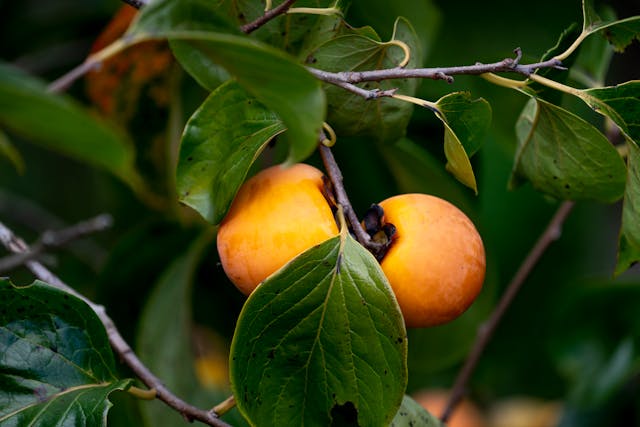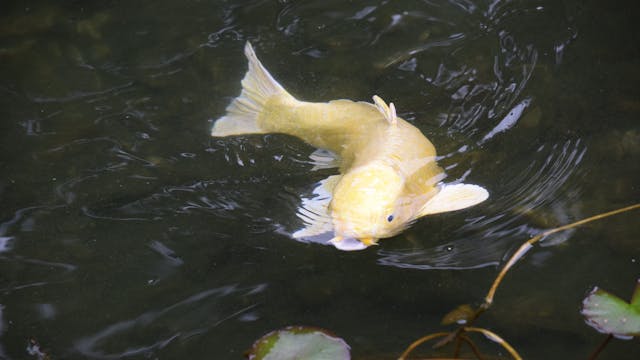The idea of incorporating greenery into our living spaces doesn’t have to stop at living walls. Why not take it a step further and create a thriving green ecosystem right in your backyard? Here’s how you can transform your outdoor space into a vibrant, self-sustaining ecosystem.

1. Water Management and Conservation
Water is a crucial element for any ecosystem. Consider installing a small pond, bird bath, or even a rain garden. These features not only attract wildlife but also help manage rainwater runoff and improve soil moisture levels.
- Rain Gardens: These are shallow, planted depressions that absorb rainwater runoff from roofs, driveways, and streets. Rain gardens help to reduce flooding, recharge groundwater, and filter pollutants.
- Ponds and Waterfalls: Ponds and waterfalls not only provide aesthetic beauty but also create habitats for aquatic plants and animals. These water features support biodiversity and help regulate the microclimate of the garden.
- Rainwater Harvesting Systems: To maximize water efficiency, install rainwater harvesting systems that collect and store rainwater for irrigation purposes. This reduces dependence on municipal water supplies and promotes sustainable water use.

2. Native and Adaptive Plant Selection
Plants are the foundation of any ecosystem. Prioritize the use of native and adaptive plants to ensure that gardens are resilient, low-maintenance, and beneficial to local wildlife.
- Native Plants: These plants are naturally adapted to the local climate and soil conditions, making them more resistant to pests and diseases. They also provide essential resources for native pollinators, birds, and other wildlife.
- Edible Landscapes: Incorporates edible plants into the design, promoting urban agriculture and food security. These gardens not only provide fresh produce but also enhance biodiversity and ecological balance.
- Vertical Gardens and Green Roofs: To maximize space in urban environments, consider vertical gardens and green roofs. These installations improve air quality, reduce heat island effects, and offer additional habitats for wildlife.

3. Integrating Animals into the Ecosystem
Animals play a crucial role in maintaining ecological balance, ensuring that your backyard ecosystem supports a variety of wildlife.
- Pollinator Gardens: By planting flowers that attract bees, butterflies, and other pollinators, support these vital creatures. Pollinator gardens are designed to provide continuous bloom throughout the growing season, ensuring a steady food supply.
- Habitat Creation: Birdhouses, bat boxes, and insect hotels can be strategically placed to provide shelter and nesting sites for various species. These habitats help control pest populations and promote biodiversity.
- Fish and Aquatic Life: You can introduce fish and other aquatic life in ponds and water features, to help maintain water quality and support a balanced ecosystem. These creatures contribute to nutrient cycling and provide food for other wildlife.

4. Sustainable and Regenerative Practices
A sustainable design approach goes beyond just creating beautiful landscapes. It employs sustainable and regenerative practices to ensure long-term ecological health.
- Composting and Soil Health: Incorporate a composting system to recycle organic waste and improve soil fertility. Healthy soil is the foundation of a robust ecosystem, supporting plant growth and microbial activity.
- Permaculture Principles: By applying permaculture principles, you can design gardens that mimic natural ecosystems. This holistic approach ensures that each element of the garden supports and enhances the others, creating a self-sustaining environment.
- Energy Efficiency: Pay close attention to the energy efficiency of each aspect of your self-sustaining ecosystems. Consider using renewable energy sources, like solar panels, to power water pumps and other garden features, reducing the carbon footprint of your project.
Conclusion
At Eco Brooklyn our expertise goes beyond designing robust green walls, we also specialize in the creation of self-sustaining ecosystems that harmoniously blend various natural elements with floral and fauna. Our innovative designs not only beautify urban spaces but also contribute to ecological health and resilience. By focusing on native plants, efficient water use, wildlife integration, and sustainable practices, we are paving the way for a greener, more sustainable future.
Interested in transforming your space into a self-sustaining ecosystem? Contact Eco Brooklyn to learn more about our services and how we can help you create thriving, self-sustaining ecosystems. Join the movement towards sustainable living and make a positive impact on the environment today!

